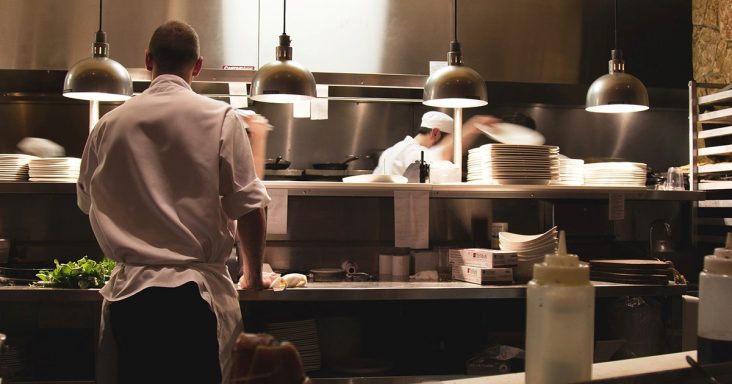Survey: Consumers reduce restaurant visits, eat more meals at home
by May 7, 2024 9:40 am 908 views

The Vericast 2024 Restaurant TrendWatch Survey found that 68% of respondents are trading down from restaurant meals to food from grocery stores to avoid rising costs. The survey found restaurant food prices rose 5.1% annually, versus 1.2% for grocery prices.
Among respondents age 18 to 42, 71% are eating more at home and less at restaurants, with 67% saying higher food costs make restaurant dining too expensive. This number is a slight increase from 64% of respondents last year. Vericast said cost concerns are changing consumer behaviors.
”The steadily increasing cost of dining out is testing the limits of what consumers can and will spend,” said Dana Baggett, executive director of Vericast’s restaurant division. “There’s a noticeable decrease in consumers dining out, especially with consumers that have a household income under $75,000. Many diners are choosing to dine out less, trade down to less expensive restaurants, order less, or opt to eat out for more affordable meal times like breakfast or snacks.”
With restaurants, 60% of consumers surveyed will “trade down” from a casual dining restaurant to fast food for less expensive hamburger prices. More than half (55%) of respondents reported switching to frozen pizza from the grocery store versus pizza from a restaurant, and the same number reported opting to get fast-food tacos instead of fast-casual dining.
Restaurant discounts and coupons remain important for 51% of respondents. A similar number (49%) said deals help them choose between restaurants, and 30% said they won’t try a restaurant without a coupon or discount offer. One in four said a discount on a restaurant app or printed coupon helped them decide where to dine in the last month. When fast food customers have a coupon/discount, about half (49%) will spend more by upgrading items or ordering more, the report states.
As consumers eat more meals at home, they seek recipe ideas on social media feeds. The survey found that 29% of respondents said they use TikTok most often to help them make copycat restaurant meals from videos.
Among younger consumers like Gen Z parents (ages 18- 27), 25% said they dine out once a week and are attracted to a restaurant through dining apps. Also, 52% of respondents said they have two or more restaurant apps on their mobile phones and 34% have more than three.
“As consumers are intentionally spending less at restaurants, acquiring new guests should be a key area of focus for restaurant brands,” Baggett said. “With the intensifying competition for share of stomach, I anticipate acquisition strategies such as offering deals and coupons to increase, as this is the fastest way to drive incremental sales and traffic.”
